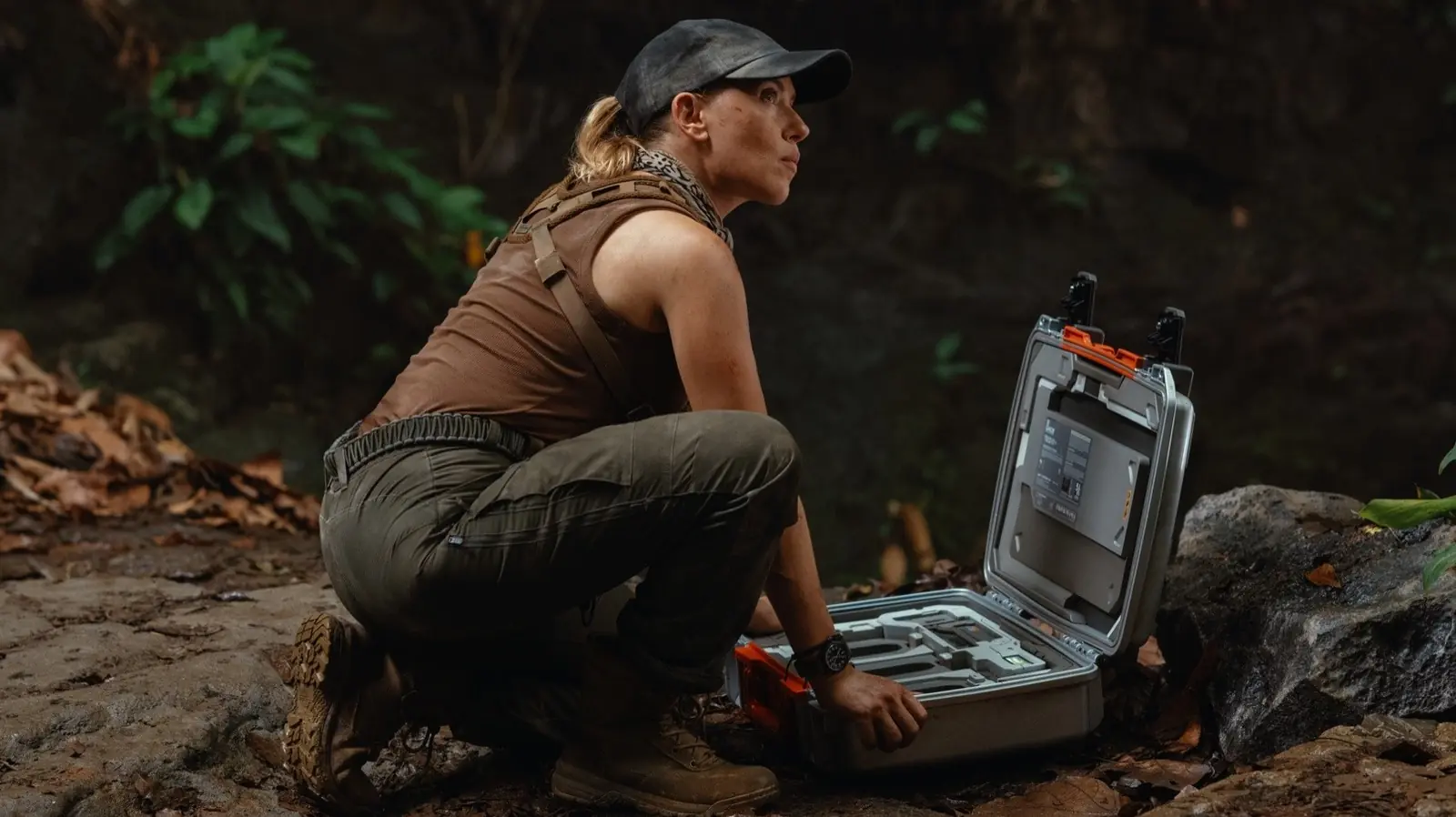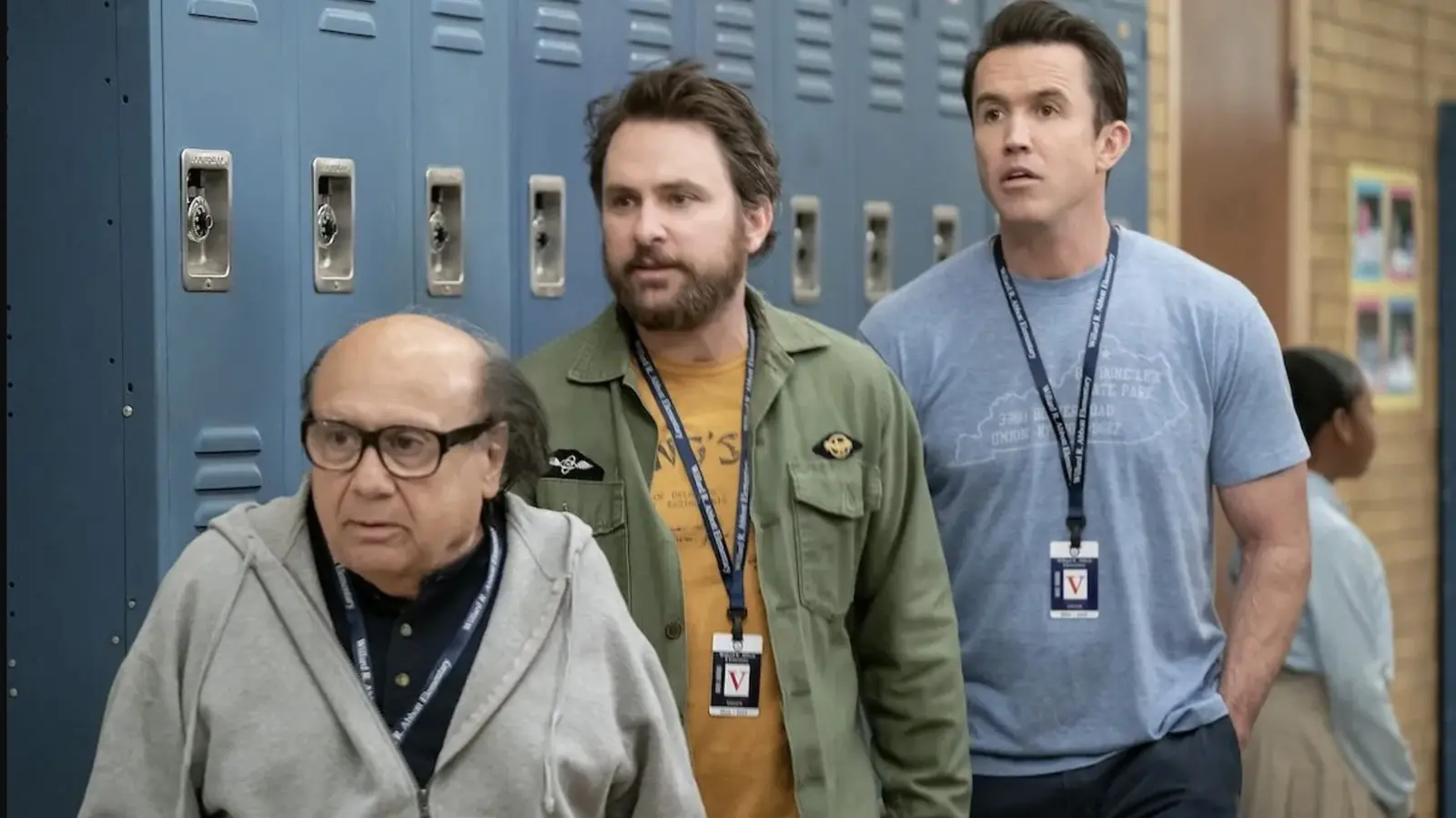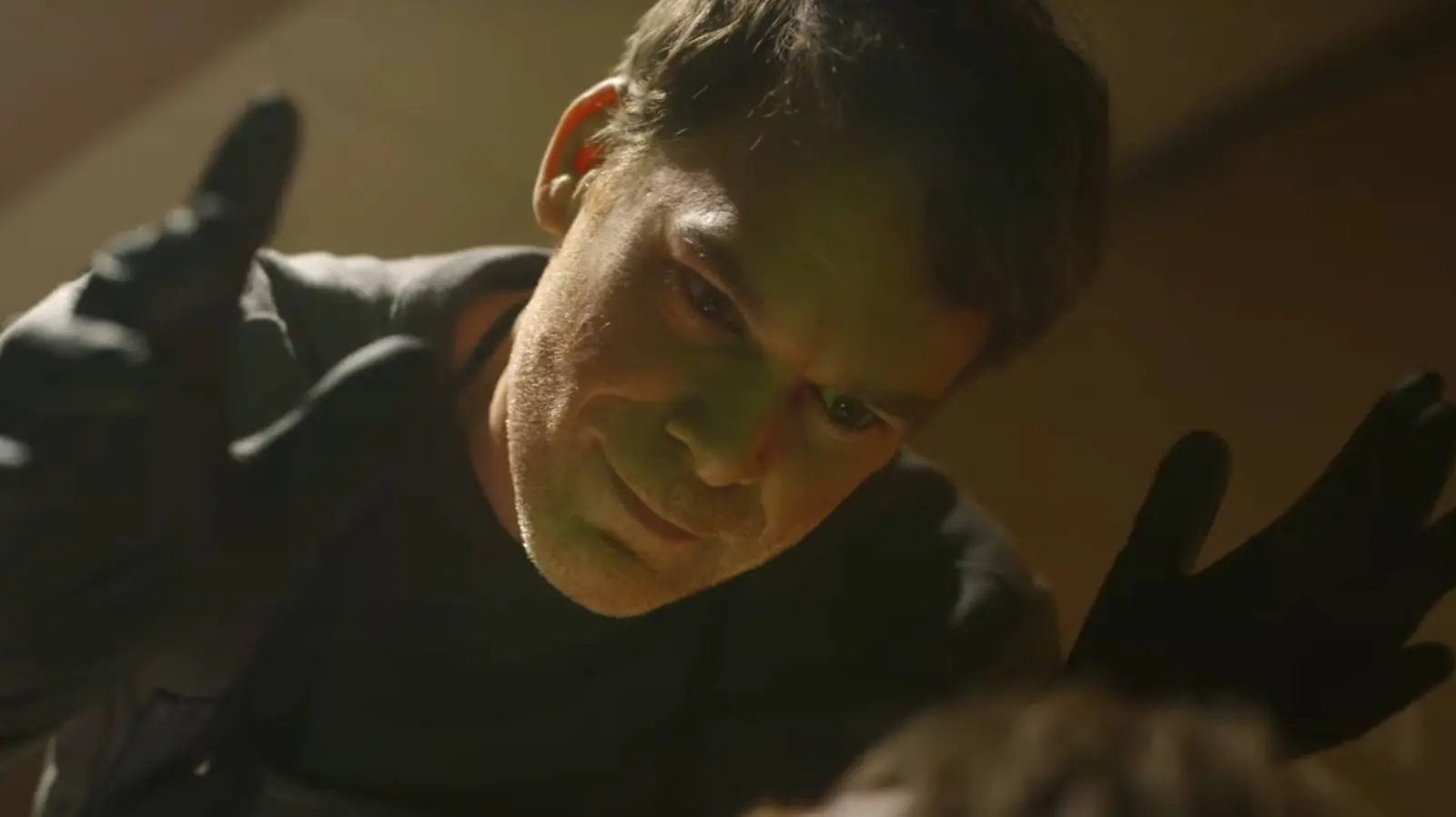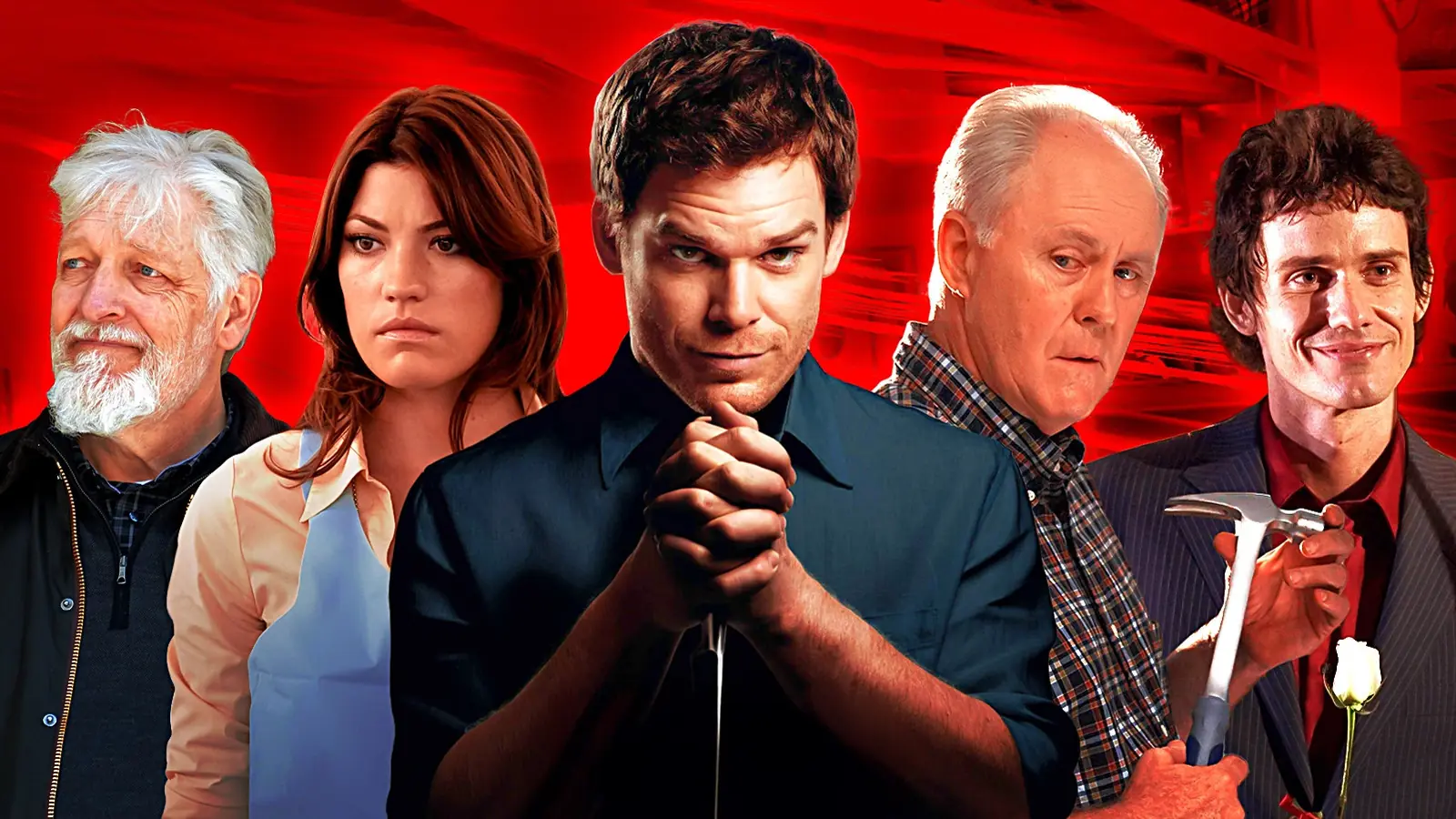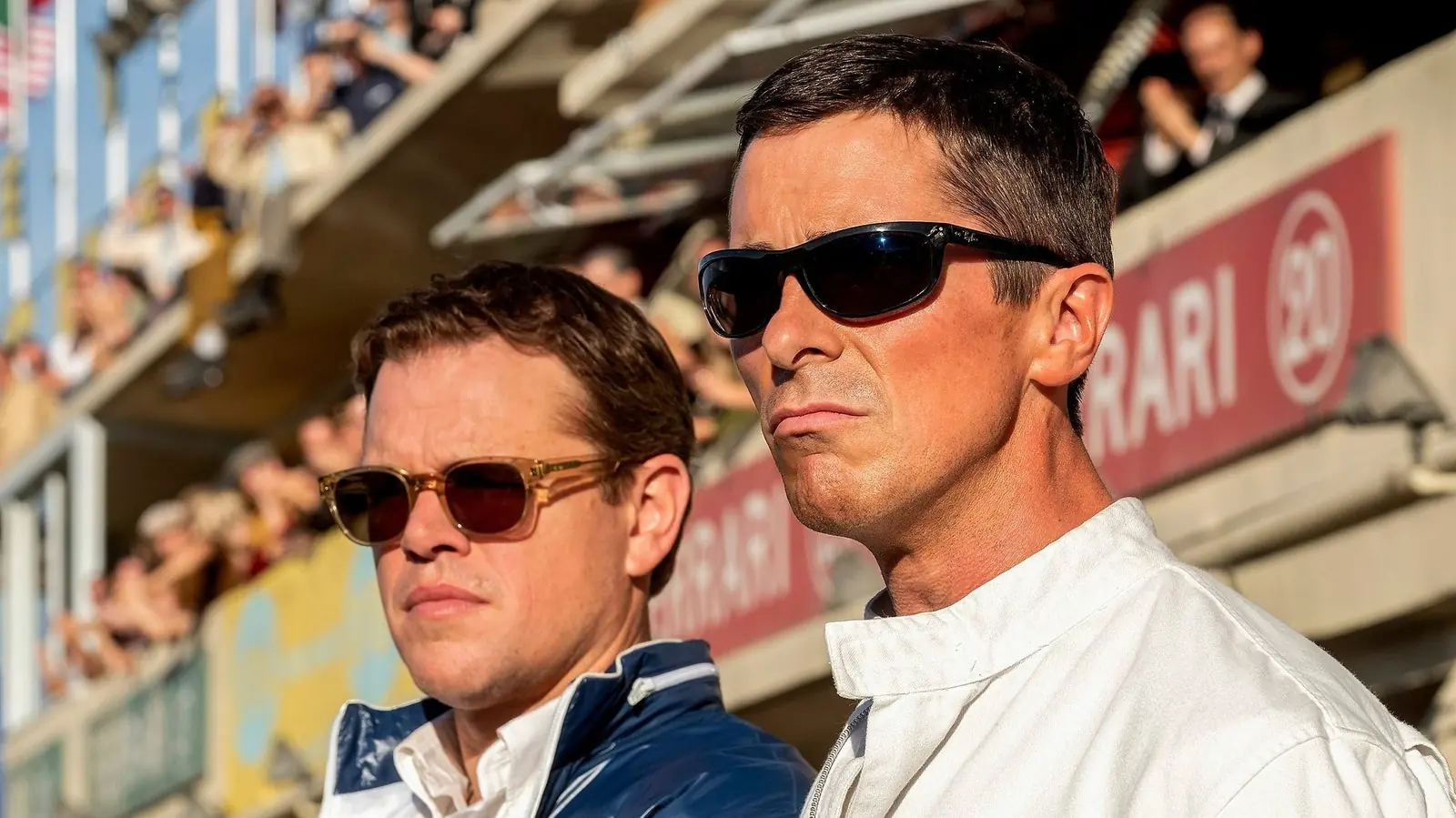The Jurassic World franchise has long been a giant in cinematic entertainment, known for its thrilling dinosaur escapades and pioneering visual effects. However, the latest installment, “Jurassic World Rebirth,” has sparked a conversation not just for its storyline but for what many consider the worst product placement in the series to date.
Product placement in films, particularly blockbuster tentpoles, is nothing new. Brands go to great lengths to feature their products in movies, gaining exposure to millions of viewers worldwide. It’s a common strategy that benefits both the film’s funding and the company’s marketing outreach. Nevertheless, “Jurassic World Rebirth” has set a new precedent, drawing viewers’ attention away from the prehistoric giants to modern-day brand integrations.
In “Jurassic World Rebirth,” the abundance of products on display is so pronounced that it often detracts from the narrative and essential elements of the movie. Viewers are finding it challenging to immerse themselves in the fictional universe when confronted with obvious brand advertising that feels more suited to a commercial break than a cinematic experience.
One of the most glaring examples happens within the first-act setup, where the dinosaurs symbolize scientific achievement. During a scene that aims to build tension and excitement, a character pauses to mention – without any narrative necessity – the capabilities of a certain luxury SUV that conveniently comes to their rescue. It’s as if the film momentarily transforms into an auto commercial, sidelining the theatrical momentum.
It’s not just automotive brands that receive the spotlight in “Jurassic World Rebirth.” Electronics play a significant part too. What should be adrenalin-pumping sequences are frequently interrupted by inexplicable close-ups of smartphones and tablets, with logos prominently displayed. This disjointed presentation is akin to a lingering television ad, rather than the pulse-pounding dinosaur adventure audiences expect.
Coffee stands, too, find themselves oddly central to unfolding events. In one particular sequence that demands viewer’s breathless attention, the camera inexplicably lingers over characters with carefully branded coffee cups in hand, turning a pivotal moment into a backdrop for caffeine culture.
Critics have noted that this level of product placement interferes not just with the audience’s engagement but also with the artistic intent of the film. Instead of aiding the storyline or grounding it in a believable reality, the brand placements in “Jurassic World Rebirth” seem forced, distracting, and commercially driven. The elegance of traditional storytelling often gives way to corporate agendas that are less artful, diluting the film’s impact.
Moreover, fans of the franchise have expressed disappointment, taking to social media to voice their concerns. They argue that the integrity of the Jurassic World universe is compromised when viewers feel more like they’re witnessing an elongated commercial rather than a cohesive movie. Memes highlighting the overly prominent brands have already sprung up across digital platforms, with fans humorously labeling the latest film as “Jurassic Park: The Ad Years.”
Proponents of such product placements argue that without the financial backing of these brands, big-budget films like those in the Jurassic World series might struggle to find the resources needed to bring epic visions to life. However, opponents counter that there must be a better balance, one where storytelling remains at the forefront, and where product integration feels natural rather than jarring.
As movie-goers increasingly criticize the obviousness of the product integration in “Jurassic World Rebirth,” industry insiders suggest that this might prompt a reevaluation of partnership strategies in future films. Directors and producers may need to innovate ways to subtly embed brands into their fictional universes without disrupting the viewer’s experience.
Looking forward, the question arises: will the next chapter in the Jurassic World saga manage to strike a better balance between brand integration and storytelling, or are we to expect more of these commercialized storytelling experiences? Only time will tell if the franchise can evolve its strategy to better align with audience expectations whilst satisfying financial constraints.
In conclusion, “Jurassic World Rebirth” stands as a reminder of the fine line between engaging entertainment and overt commercialization. As filmmakers continue to navigate the era of product placement, they must strive to honor the artistry of cinema without subverting it to the demands of brand exposure. Ultimately, the goal should always be to enhance the narrative, ensuring that audiences leave theaters captivated by the story and not overwhelmed by advertisements.

